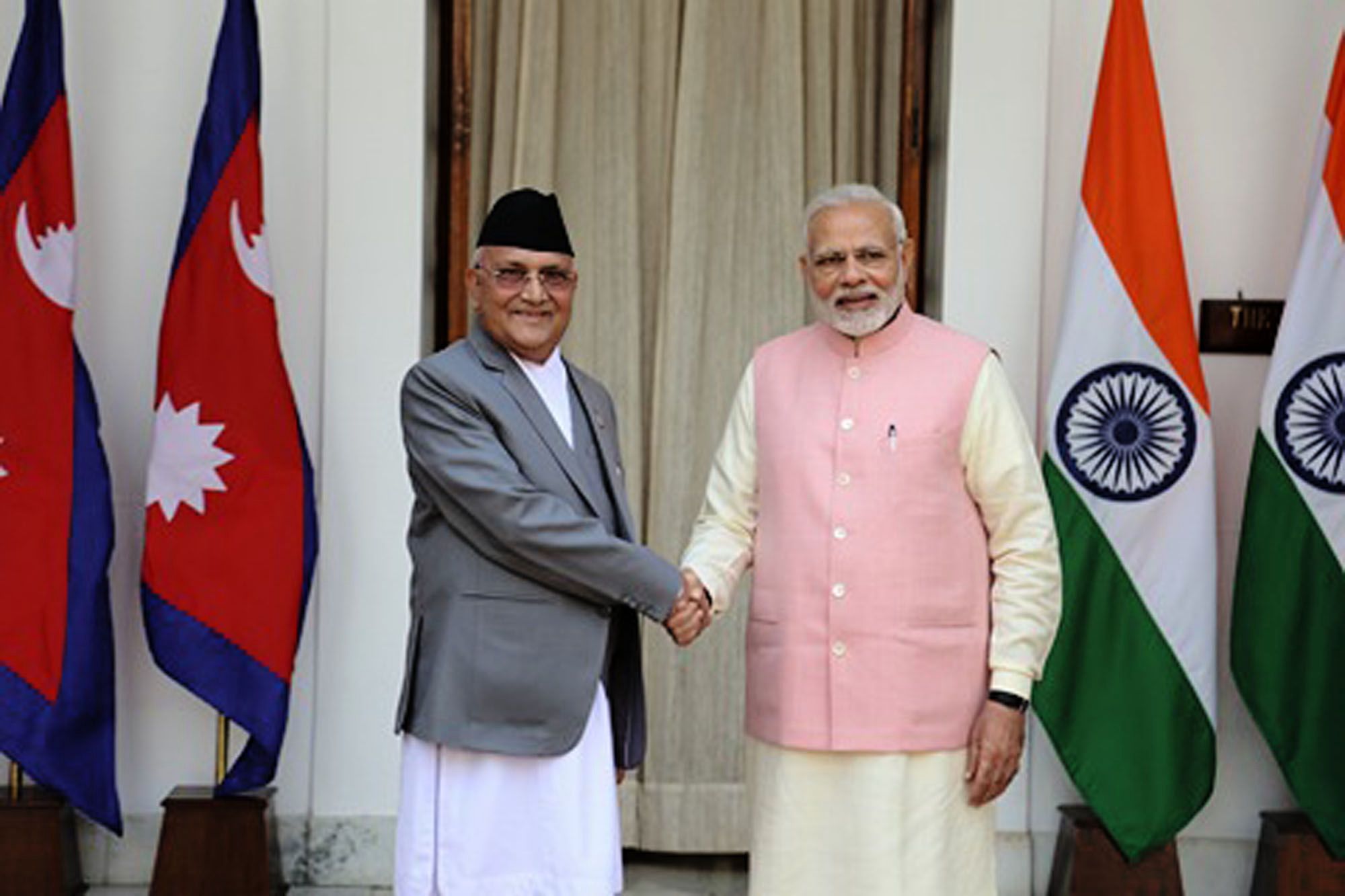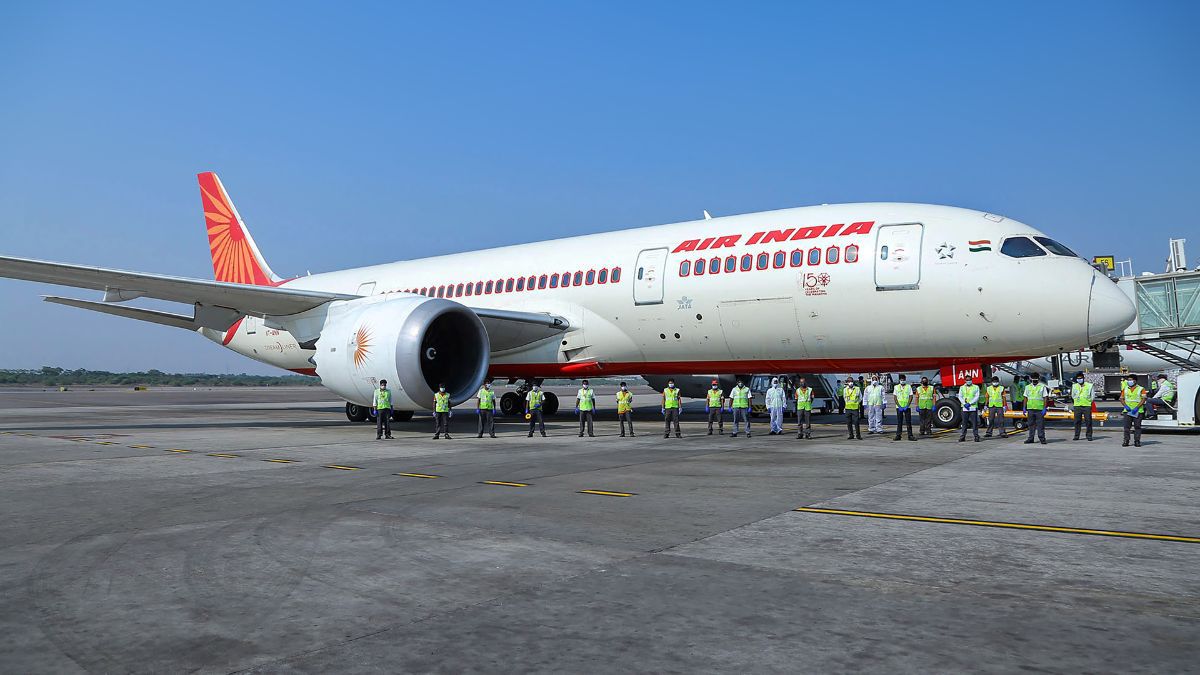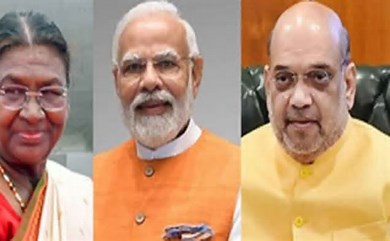 Image Source: Ratopati
Image Source: Ratopati
Key Highlights of the Announcement
• Nepalese Prime Minister KP Sharma Oli will make a two-day official visit to India on September 16 and 17, 2025, following an invite from Indian Prime Minister Narendra Modi.
• The visit comes amid a period of recalibrating relations after a series of strains, including territorial disputes and Oli’s decision to prioritize Beijing for his first foreign trip after taking office in July 2024.
• Both leaders are expected to focus on resolving outstanding issues, fortifying economic and strategic ties, and advancing cross-border initiatives.
Background: From Strain to Opportunity
After assuming office for the fourth time in July 2024, Prime Minister Oli found himself navigating a frosty chapter with New Delhi. Traditionally, Nepali leaders have made their first official foreign visit to India, signifying the long-standing “special” relationship between the neighbors. However, with no early invitation from India, Oli opted to visit China first in December 2024. This break from protocol reflected lingering historic frictions that included the 2015 economic blockade, unresolved territorial disputes over Lipulekh, Limpyadhura, and Kalapani, and doubts over the implementation of past bilateral agreements.
Context and Recent Diplomatic Aggressiveness
• Nepal and India recently engaged at forums like the BIMSTEC Summit and the India-Nepal Strategic Dialogue, reaffirming their mutual priorities of trade, connectivity, and security cooperation.
• Nepal’s Foreign Minister Dr. Arzu Rana Deuba made a recent visit to Delhi to prepare ground for the upcoming meeting, indicating that the visit is expected to focus on creating an atmosphere of trust and transparent high-level dialogue.
• Both governments desire to move beyond legacy grievances and focus on forward-looking projects including energy exports, digital payment integration, and infrastructure expansion.
What Experts and Diplomats Are Saying
According to former diplomats and policy experts, the timing of this visit is “instrumental” in fostering a renewed spirit of partnership. They urge Prime Minister Oli to:
• Use the visit to observe India’s significant infrastructure and economic progress—particularly through land travel across the border.
• Elevate discussions on outstanding boundary issues and maintain the progress made in regional dialogues about green energy, digital innovation, and trade.
• Convert geographical proximity into “practical prosperity” by focusing on the future rather than historical disputes.
Key Areas Likely on the Agenda
1. Border Management and Security
• Working group meetings on the boundary dispute regarding territories listed in Nepal’s updated map and strategies on improved border management.
• Implementation of security cooperation frameworks in light of shared concerns over cross-border threats.
2. Connectivity and Economic Partnership
• Strengthening cross-border road, rail, and digital infrastructure, with particular attention to seamless trade, efficient transit, and Nepal’s energy exports to India.
• Expanding usage of India’s UPI payments system in Nepal to benefit commerce and tourism.
• Finalizing projects under the “Neighborhood First” policy, with Nepal seen as a priority partner for India.
3. People-to-People and Cultural Ties
• Furthering the deep-rooted social, cultural, and religious links via more educational, cultural, and exchange programs.
• Reinforcing people-to-people trust to act as a bulwark against political fluctuation.
Challenges and the Road Ahead
Despite improving atmospherics, the relationship still faces pragmatic hurdles:
• Historic mistrust and public skepticism over India’s intentions in Nepal.
• The need for tangible progress on older treaties (like the 1950 Friendship Treaty) and agreements yet to be implemented.
• Managing Nepal’s growing engagement with China while keeping India as an essential anchor for development and connectivity.
Conclusion: Window for Reset and Multidimensional Growth
Prime Minister Oli’s upcoming New Delhi visit is expected to be short but strategically significant. The hope among diplomats, business leaders, and observers is that it will help both sides move beyond episodic tensions and focus on sustained, structured cooperation across trade, technology, security, and people-to-people partnerships. Real success will be judged on the ability to resolve legacy issues and deliver concrete progress that benefits citizens on both sides of the border.
Sources: The Economic Times, Ratopati
Advertisement
Advertisement







